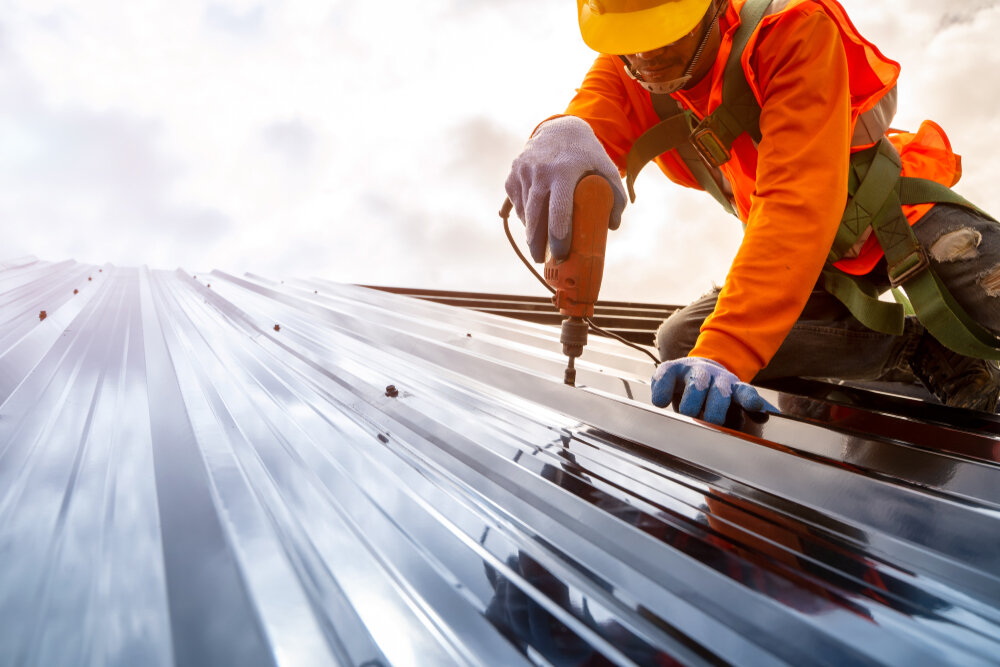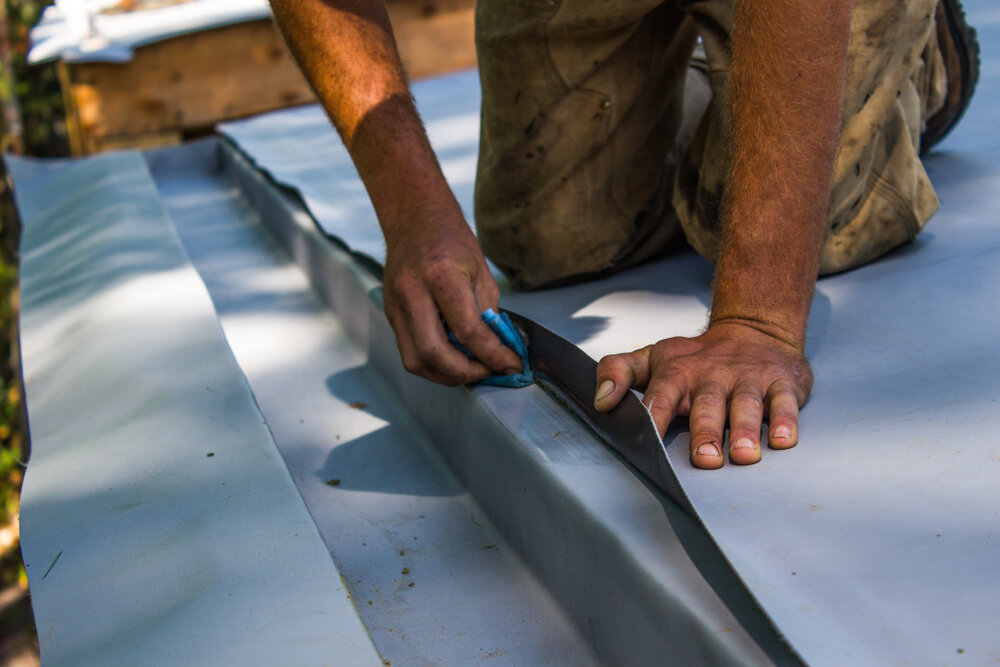
A roof is a critical investment for your commercial property. Your decisions on materials, installation and maintenance plans –can have a significant impact on the performance and longevity of your commercial roof.
Bear in mind the environmental factors while selecting the roofing material. Would your building be open to extreme weather conditions (like cold and heat) or water, rain, snowfall, hail, or storm? Would roof-top services, such as HVAC, also add stress on the roof? The company building would certainly not be immune to these circumstances.
Contributing Factors to Lifespan
-
Installation
Any construction defects will shorten a roof’s life. If you need to install a new roof or repair work, choose an experienced, skilled roofer to carry out the job.
-
Slope
The flatter the building, the more water will pool on the surface. If the water does not drain off the building, it reaches the lowest point and stays there until it evaporates. Low spots are often where leakage ends, and damage starts.
-
Ventilation
Roofs require adequate ventilation. Ventilation helps prevent heat and moisture build-up. The roofing materials are baked by hot summer temperatures in the attic as well as upwards. Moisture built up can lead to mold and redness.
-
Maintenance
Maintenance and regular checks prevent minor problems from becoming more severe. It is easy to ignore a roof if it has no issues. But this negligence may in the future lead to major problems with the roof.
-
Weather
Harsh weather can damage roofing material directly, especially high winds and hail. But everyday exposure to the elements also causes much harm.

Different Roofing Types
-
TPO
This is a combination of polypropylene and ethylene propylene polymers with reinforced polyester, TPO is used on flat-roof structures such as offices and warehouses.
-
Modified Bitumen
Atactical polypropylene (APP) and styrene-butadiene-styrene (SBS or SEBS) are two main forms of modified bitumen systems. The main advantage of adapted bitumen roofs is that they are often used in a variety of different ways: torch mounted in hot asphalt or in cold adhesive systems.
-
EPDM
The EPDM, a plastic membrane known for its longevity and preventive to thermal shock and hail, is a synthetic rubber dressing membrane. EPDM roofs are typically built on big, flat commercial buildings as are TPO roofs.
-
PVC
The roofing of PVC (polyvinyl chloride) is a one-ply solution; it was the first one-ply heat-welded roofing method since the 1960s. The versatile membrane can be pre-made, which reduces the amount of scrap and waste at the factory. PVC is used on flat or medium sloped roofs. It is known for its durable, resilient and resistant chemical products, fats, greases, fungi, fire and industrial by-products.
The fact is that commercial roofs with one of the materials above all will last 15 to 25 years, if properly installed. The real difference in each of these roofs is less related to the material type and more related to the installation process.
Contact Preferred Roofing for commercial roofing requirements in OKC. We would help you with different type of roofing requirements.
